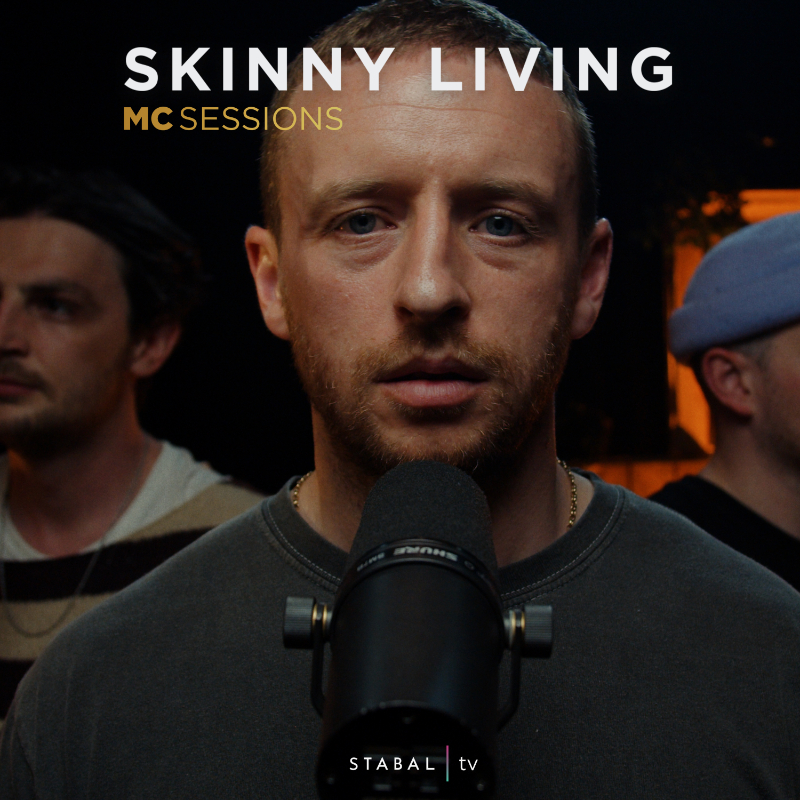Stepping into the world of jazz piano for a beginner might initially seem intimidating, given the genre’s rhythmic complexity, unique harmonic structures, and a deep emphasis on improvisation.
However, learning can be an exciting journey with invaluable musical rewards. Embarking on this journey requires patience, dedication, and structured guidance.
This comprehensive guide to learning jazz piano as a beginner hopes to provide just that. Continue reading!
Prelude: Mastering the Basics of Piano
Similar to many musical instruments, the journey of learning jazz piano begins with mastering the basics, especially for someone at the beginner level. Whether you’re entirely new to the piano or transitioning from classical to jazz, honing foundational skills provides the necessary tools to advance.
- Basic Keyboard Knowledge: Develop familiarity with the piano keyboard, understanding the placement of keys, how to navigate octave ranges, and recognizing the unique sound of each key.
- Reading Music Notations: Although jazz has a substantial improvisational aspect, learning music theory is crucial, starting with the ability to read sheet music. This skill ensures enhanced musical comprehension and gives you the framework to understand jazz’s complex harmonic structures.
- Understanding Rhythms and Timing: Jazz is revered for its syncopated rhythms and altering time signatures. Therefore, possessing a clear understanding of basic rhythms and timing is mandatory.
- Practising Scales and Arpeggios: Build up your finger dexterity and learn major and minor scales. Scales form the basic musical vocabulary and are templates over which improvisations and melodies get crafted.
- Major and Minor Chords: These are the rudiments for a more advanced understating of music theory. Their importance in jazz piano should be emphasized.
Step 1: Immersion in Jazz: Active Listening
Jazz is as much about feeling as it is about theory. Cultivating a profound appreciation for jazz music is the first step toward understanding the genre.
- Recognizing the Styles: Jazz encompasses various sub-genres, from ragtime swing to bebop and fusion. Each style presents specific characteristics – listen broadly and identify each style’s unique components.
- Appreciating the Instrumentation: From the pianistic prowess of Art Tatum to the unique tone colors of Bill Evans, the piano creates a myriad of sounds that mirror every facet of human emotions. Listening attentively to various instruments and their roles leads to a richer understanding of the genre.
- Learning from the Masters: Trying to mirror icons of jazz piano (Oscar Peterson, Thelonious Monk, etc.) will provide a wealth of inspiration for your practice. Pay attention to their techniques, improvisations, and harmonic uniqueness.
Step 2: The Language of Jazz: Scales, Modes, and their Application
To communicate effectively in Jazz, understanding its unique musical language is paramount. Central to that are scales and modes.
- The Major Scales: The building blocks of all music, major scales are fundamental to jazz piano. Thorough knowledge of these scales helps with chord construction and improvisation.
- The Minor Scales: Jazz employs various minor scales, such as the natural minor, harmonic minor, and melodic minor, imparting distinct tonal characteristics.
- The Blues Scales: Resonating with the characteristic ‘blue notes,’ blues scales provide the quintessential ‘jazzy’ sound. They’re a starting point for creating exciting improvisations.
Step 3: Chords and Harmonic Progressions: The Heartbeat of Jazz
The rich harmonic structure is what distinguishes jazz from many other genres. As a pianist, you become the harmonic pillar, guiding solos and establishing the piece’s tonal center.
- Extended Chords: Jazz employs extended chords, including the 7th, 9th, 11th, and 13th chords. A firm grasp of these will enrich your harmonic knowledge and palette.
- The II-V-I Progression: This chord progression reigns supreme in jazz. It’s the most frequent progression and provides a fertile playground for improvisation.
Step 4: Learning Jazz Piano Pieces
Learning jazz piano pieces is a crucial step in mastering jazz piano. Here are some steps to help you learn:
Choose a Piece
Start by finding a piece you like. It could be a classic jazz standard or something more contemporary. Make sure it’s a piece that matches your current skill level. Websites like Music Notes, Sheet Music Plus, or online platforms like YouTube can help you find suitable songs.
Popular jazz piano pieces for beginners:
- “Autumn Leaves”
- “Blue Moon”
- “Fly Me to the Moon”
- “Misty”
- “Take The ‘A’ Train”
Get the Sheet Music
Find the sheet music for your chosen piece. This could be online, in a songbook, or from a music store. It would be best to find sheet music that also includes chord symbols.
Listen to the Piece
Before you start playing, take some time to listen to your chosen piece. Try to understand its structure, pace, rhythm, and style. You can listen to multiple versions of the same song to see different interpretations. This will help your mind map the piece aurally before playing it.
Break it Down
Break the whole song down into sections instead of trying to learn the entire song simultaneously. It’s easier to focus on one part at a time. Learning too fast may lead to mistakes and bad habits, so take your time.
Practice Regularly
Consistent practice is critical. Try to practice a little each day rather than for longer periods at once. You’ll improve faster this way, as the human brain tends to learn better with regular, short sessions.
Analyze the Piece
As you learn the piece, take time to understand the chord progressions and their theory. This will help you understand the piece more fully and improvise more confidently.
Incorporate Improvisation
Jazz music is significantly about spontaneity and improvisation. Once you’re comfortable with the piece, try adding flair. You can alter the rhythm, the melodies, the chords, and so on.
Remember, the goal is to enjoy playing jazz piano. Practicing and learning new pieces can be challenging, but it should also be rewarding and enjoyable.
Final Thoughts
Becoming a competent jazz pianist is a journey of endless exploration and discovery. It’s crucial to remember that jazz is a language of emotion.
Your purpose as a musician should be to showcase technical prowess and communicate these emotions effectively. So, practice diligently, stay patient, and enjoy the thrilling ride of learning to play the jazz piano.






